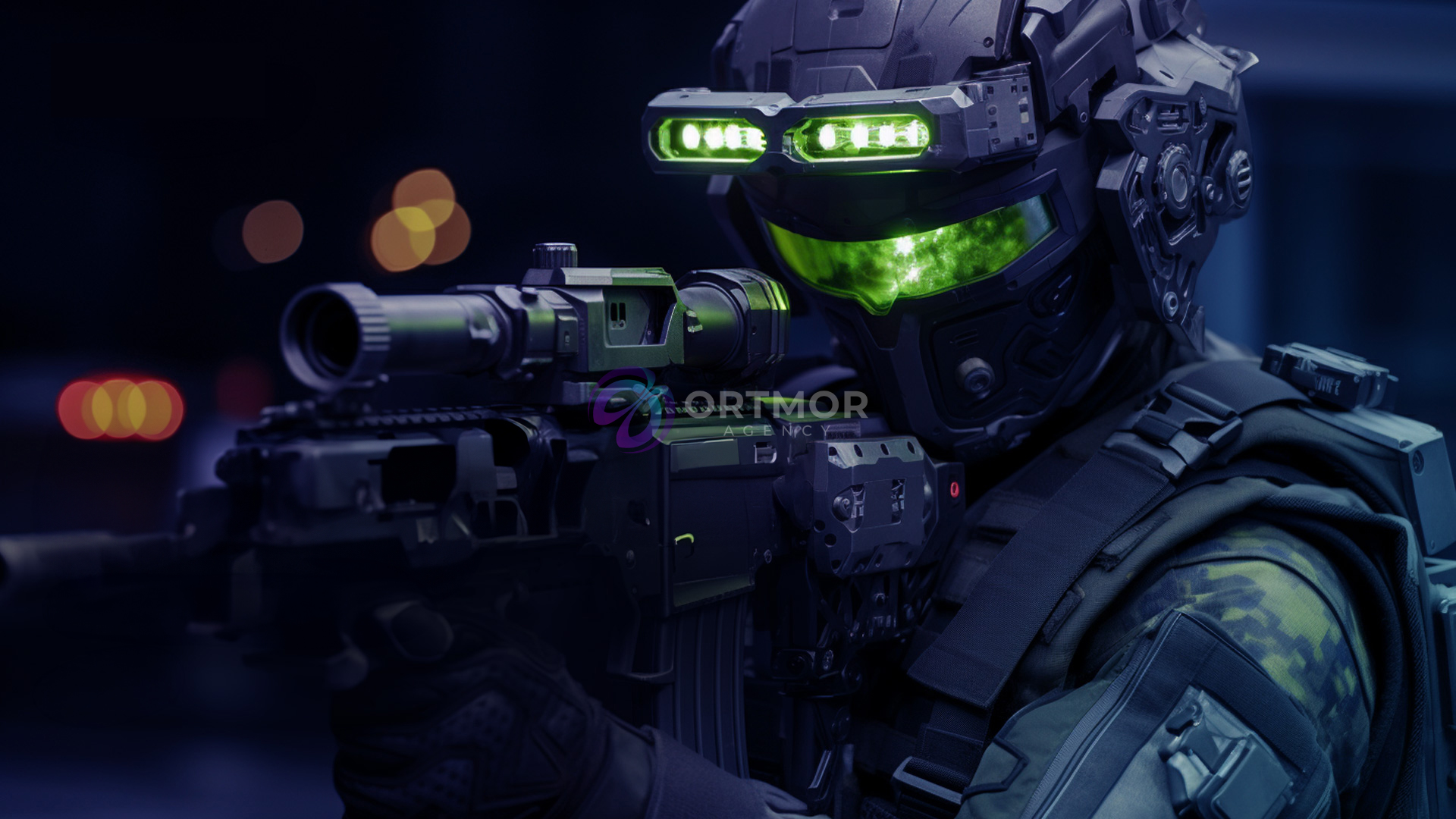Developing night vision augmented reality (AR) glasses involves several key technical challenges. Here are some of the most significant hurdles:

Key Technical Challenges
-
Integration of Technologies:
- Combining Night Vision and AR: Merging night vision capabilities with AR displays requires sophisticated engineering to ensure that both technologies work seamlessly together without compromising performance.
-
Image Quality:
- Resolution and Clarity: Achieving high-resolution images in low-light conditions while overlaying digital information can be challenging. Ensuring clarity and detail in both the real-world view and the digital overlays is crucial.
-
Field of View (FOV):
- Wide FOV Requirement: Users need a broad field of view for an immersive experience. Balancing the FOV with the compactness of the glasses is a significant design challenge.
-
Weight and Comfort:
- Wearability: Night vision devices can be bulky and heavy. Designing lightweight, comfortable glasses that can be worn for extended periods is essential for user acceptance.
-
Power Consumption:
- Battery Life: Night vision and AR technologies can be power-hungry. Developing efficient power management systems to extend battery life while maintaining performance is a critical challenge.
-
Environmental Adaptation:
- Robustness: The glasses must function effectively in various environmental conditions, including extreme temperatures, humidity, and dust, without degrading performance.
-
User Interface Design:
- Intuitive Controls: Creating an intuitive user interface for interacting with AR overlays in low-light conditions is essential. This includes voice control, gesture recognition, or other non-intrusive input methods.
-
Cost:
- Affordability: High-quality night vision and AR technologies can be expensive to produce. Balancing performance with cost to make the product accessible to a broader audience is a significant challenge.
-
Safety and Regulation:
- Compliance: Ensuring the glasses comply with safety regulations, especially for military or industrial applications, is essential. This includes considerations for eye safety and device durability.
Conclusion
The development of night vision AR glasses presents complex technical challenges that require innovative solutions. Addressing these challenges is crucial for creating effective, user-friendly products that can be widely adopted across various applications.


